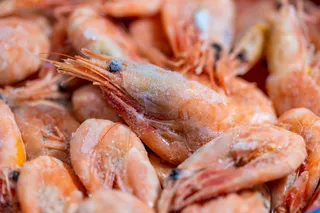Bloodletting and leech therapy has a long and storied past. For thousands of years, physicians and healers have employed the bloodsucking leech to treat myriad conditions that assail the human body, the original panacea that would treat anything from “farts to fevers.”(1) The ectoparasite was the ancient physician’s most versatile treatment and so essential that its very name, derived from the Anglo-Saxon word “loece,” refers to a physician or healer and indicates the degree to which worm and doc have long been deeply entwined.(2)
A Belgian woodcut dating from 1639 depicting a woman placing leeches on her arm. On the table next to her is a large jar containing leeches. Image: Guillaume van den Bossche, The National Library of Medicine. Click for source.
The medicinal leech, Hirudo medicinalis, is a parasitic invertebrate that relies on the blood of animals to survive, typically feeding on fish, snails, turtles, and the occasional ...













